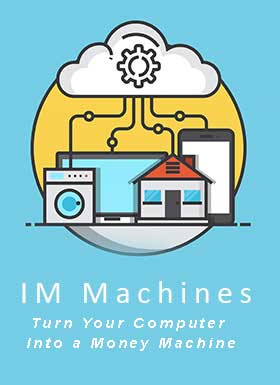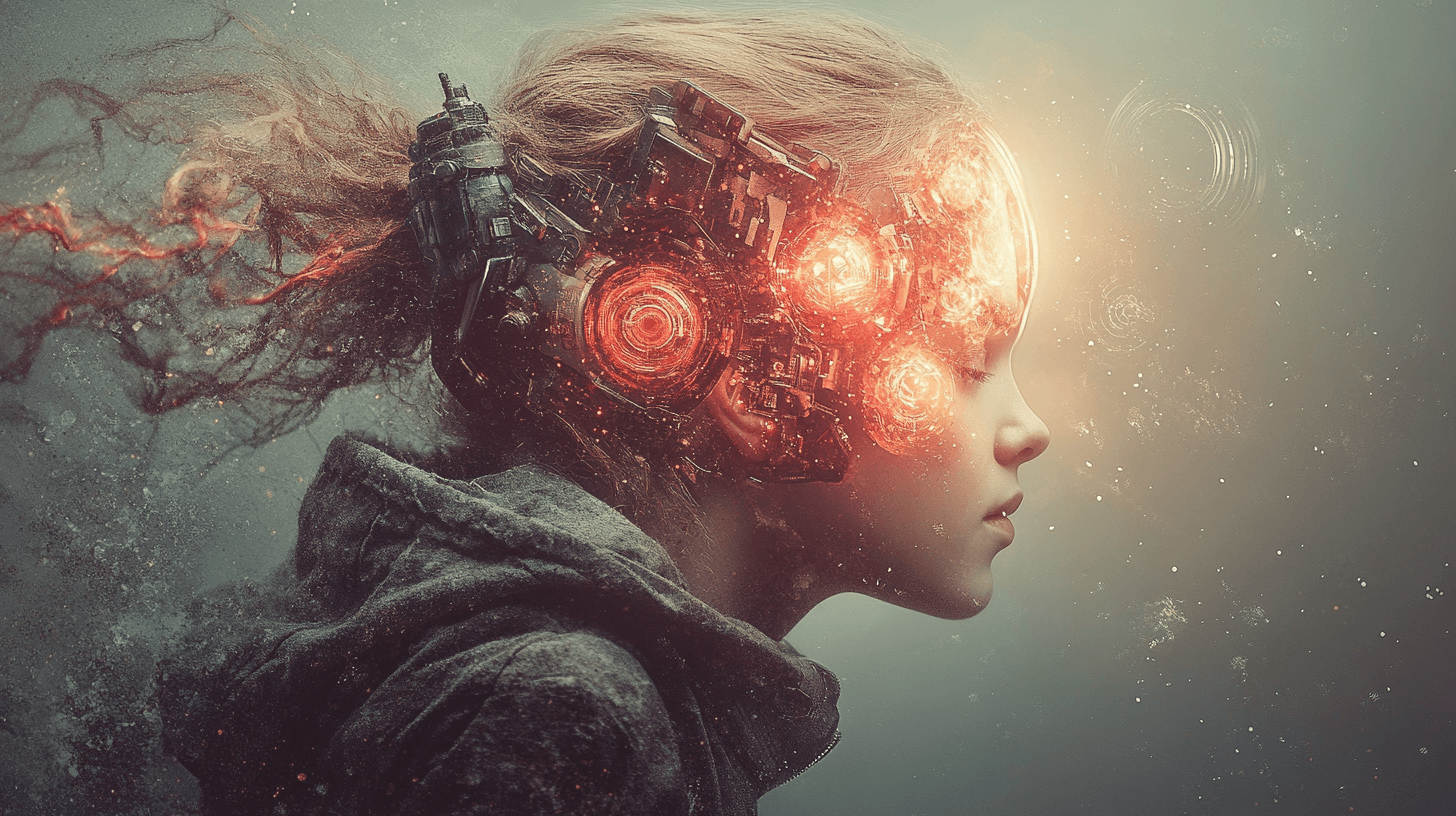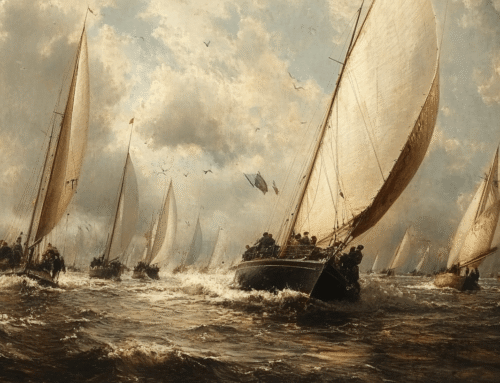Technology is moving faster than most people can adapt. But adaptation is the new creative advantage.
Harvard Business Review’s The Year in Tech, 2026 reveals the key transformations shaping the next 24 months — from agentic AI and living intelligence to the ethics, transparency, and environmental balance of emerging tech.
For creators and solopreneurs, this book isn’t just about technology — it’s about where human creativity fits next.
Let’s break it down into five takeaways and connect them to tools from the IMMachines ecosystem that help you act on each insight.
1. The Messy Middle of Disruption: Change Feels Chaotic Before It Feels Clear
Scott D. Anthony calls it “the messy middle” — the stage between old systems breaking and new ones working.
AI, blockchain, automation, and biotechnology are all colliding, and it’s confusing because we’re living through the middle of the story.
But history shows four patterns of innovation:
-
Innovation is collective, not solo. One genius doesn’t cause change — systems do.
-
Disruption is predictably unpredictable. You can see the trend, but not its final form.
-
Innovation demands patience. What looks “sudden” is the result of decades of build-up.
-
Every disruption casts a shadow. New power creates new problems — and responsibilities.
💡 IMMachines takeaway:
Creators who systemise their learning, feedback, and adaptation win faster. Use IMMachines: From Chaos to Clarity GPT to prioritize where to focus your creative energy — it transforms uncertainty into an ordered, actionable plan.
2. Agentic AI — The Rise of Autonomous Creative Systems
Mark Purdy’s essay defines agentic AI as “AI that acts proactively to achieve goals without constant human guidance.”
Unlike traditional AI assistants that wait for your prompt, agentic AI will:
-
Plan, decide, and act independently.
-
Orchestrate multiple sub-agents (like project managers for your digital systems).
-
Enable new layers of creative specialisation.
How creators can use this:
-
Imagine an AI system that not only writes your content but schedules, formats, and repurposes it automatically.
-
Or an AI agent that monitors your funnels and emails, adjusting copy based on analytics.
💡 IMMachines Application:
Use IMMachines: Content Repurposer Pro GPT to simulate agentic workflows — giving you a taste of next-gen automation today.
Think of your GPTs as proto-agents: each specialized, each modular, all orchestrated by you — the creative director.
3. Building Trust in AI — Transparency is the New Marketing
FICO’s blockchain case study is brilliant: they used blockchain to build trust in their AI models.
Every decision, every test, every algorithm change is recorded immutably.
The result? 90% fewer support issues and near-zero AI errors.
For creators, the lesson is clear:
Your systems must be visible, verifiable, and values-aligned.
People no longer buy “AI magic” — they buy AI integrity.
💡 IMMachines Application:
Transparency builds brand equity. Tools like IMMachines: Thought-Leader Engine GPT help you articulate your values and create transparent narratives that build trust in your brand’s process — from content creation to delivery.
4. Living Intelligence — The Next Layer of Human + AI Fusion
Amy Webb calls the next phase “Living Intelligence” — the convergence of AI, sensors, and biotechnology.
Imagine a world where your wearables, environment, and personal assistants continuously adapt to your needs in real time.
It’s not just AI thinking — it’s AI sensing and evolving.
Soon, businesses and individuals will use:
-
LAMs (Large Action Models) — systems that decide what to do next, not just what to say next.
-
PLAMs (Personal Large Action Models) — personal AIs that act on your behalf.
-
CLAMs (Corporate Large Action Models) — company-wide AI decision systems.
💡 IMMachines Application:
This is where your GPT ecosystem is heading.
IMMachines: Navigator GPT already acts as your personal “creative operating system,” helping you decide what tool to use next across projects, just like a lightweight PLAM for solopreneurs.
5. The New Tech Ethics: Creativity with Conscience
The Year in Tech, 2026 closes with a sober truth — disruption has a shadow.
AI consumes massive amounts of water and power.
Automation challenges jobs and identity.
Data centralization threatens autonomy.
The opportunity for creators?
To lead by example — building purpose-driven systems that serve both income and integrity.
💡 IMMachines Application:
Use IMMachines: Thought-Leader Engine GPT to publish work that aligns innovation with ethics — your audience is hungry for voices that combine progress with conscience.
The 5-Step Creator Strategy for the AI-Driven Era
Step 1: Observe Trends, Don’t Chase Them.
Let the noise settle before choosing which tech aligns with your strengths.
Step 2: Systemise Curiosity.
Store, tag, and revisit ideas using a content vault or Notion board. Feed it to your GPTs to spark connections.
Step 3: Prototype Publicly.
Launch mini products fast (see IMMachines: £3K GPT). Let feedback shape iteration.
Step 4: Build Ethical Transparency.
Document your process. Share your learning. Let your audience see the human in your systems.
Step 5: Stay in the Game.
As the book shows — innovation rewards patient persistence more than instant brilliance.
The Core Message for Creators
The future isn’t about fighting the machines.
It’s about co-creating with them — intelligently, consciously, and with a sense of wonder.
Every GPT you use, every workflow you build, every system you refine — it’s not about replacing creativity.
It’s about amplifying it.
The question isn’t “What will AI do to creators?”
It’s “What will creators do with AI?”






